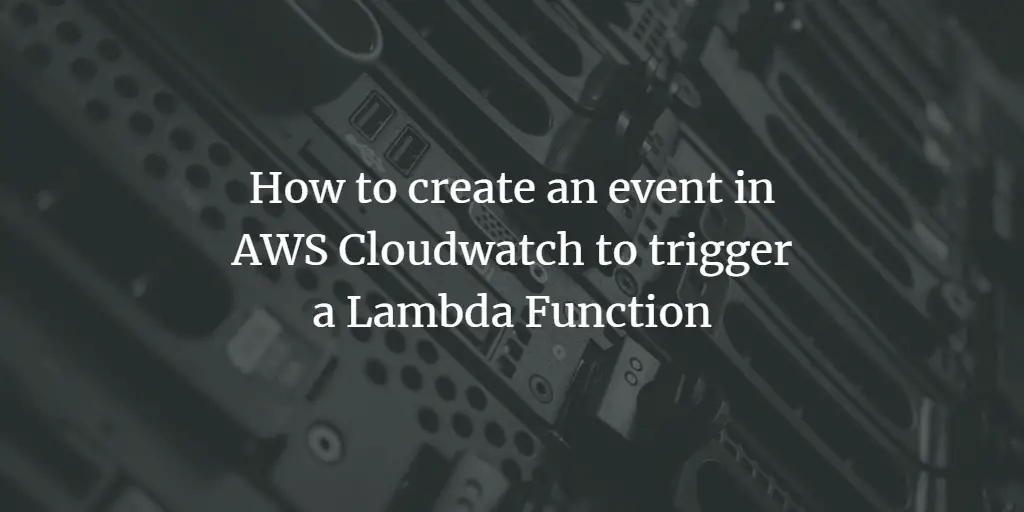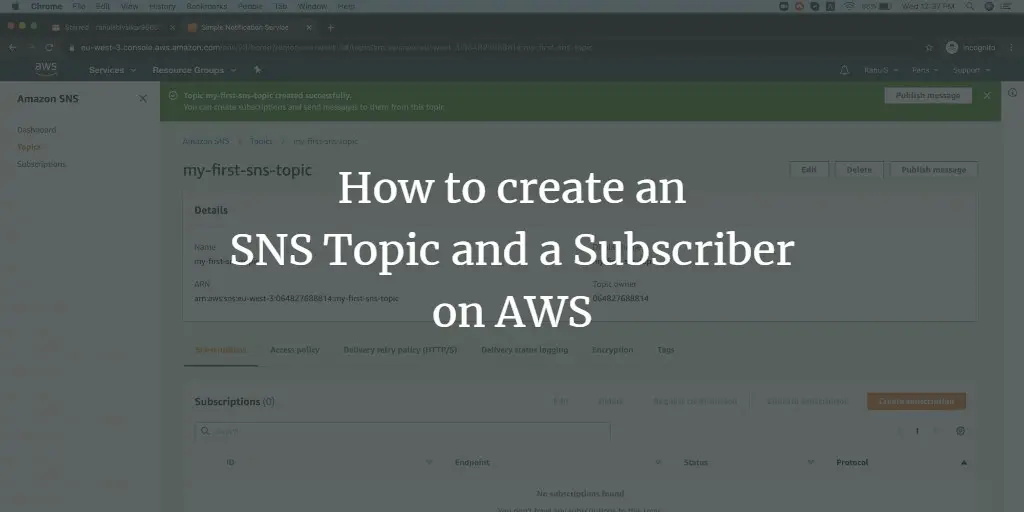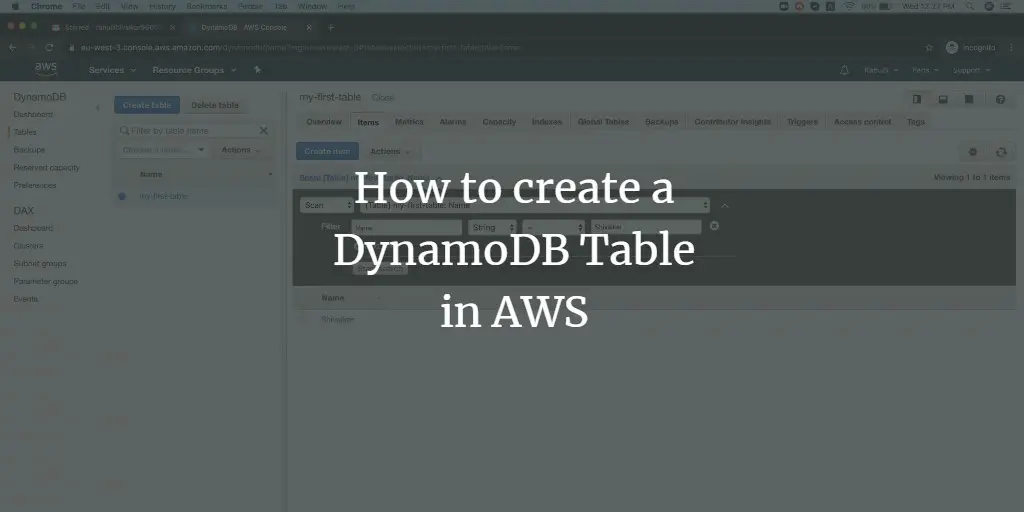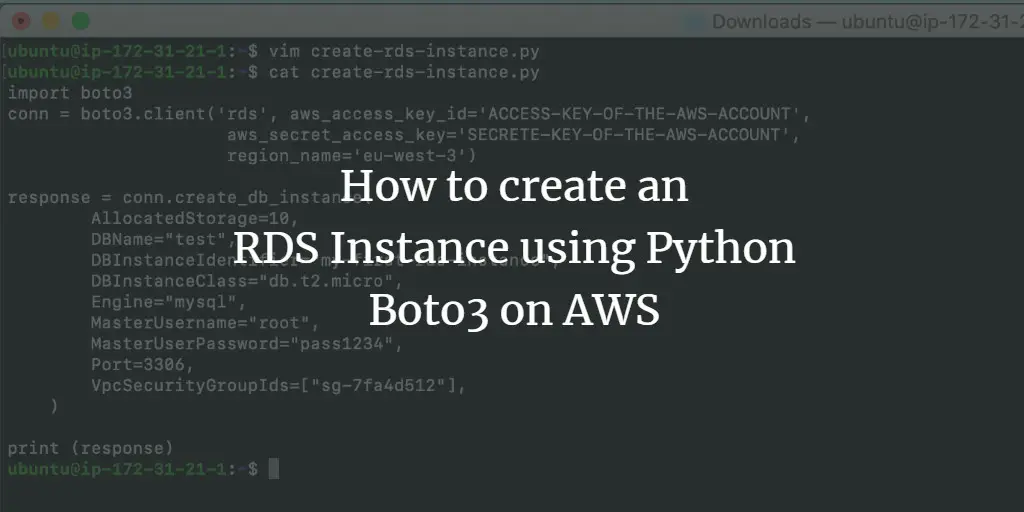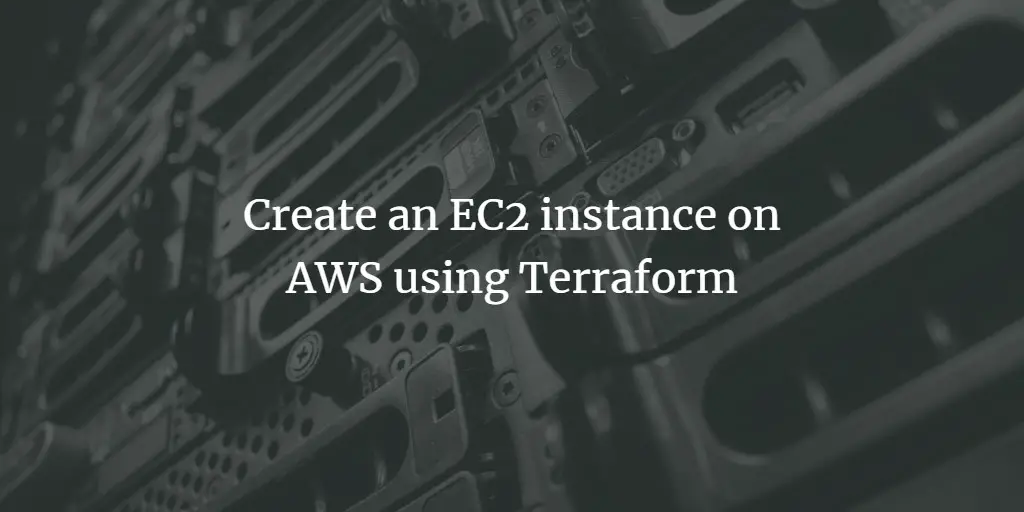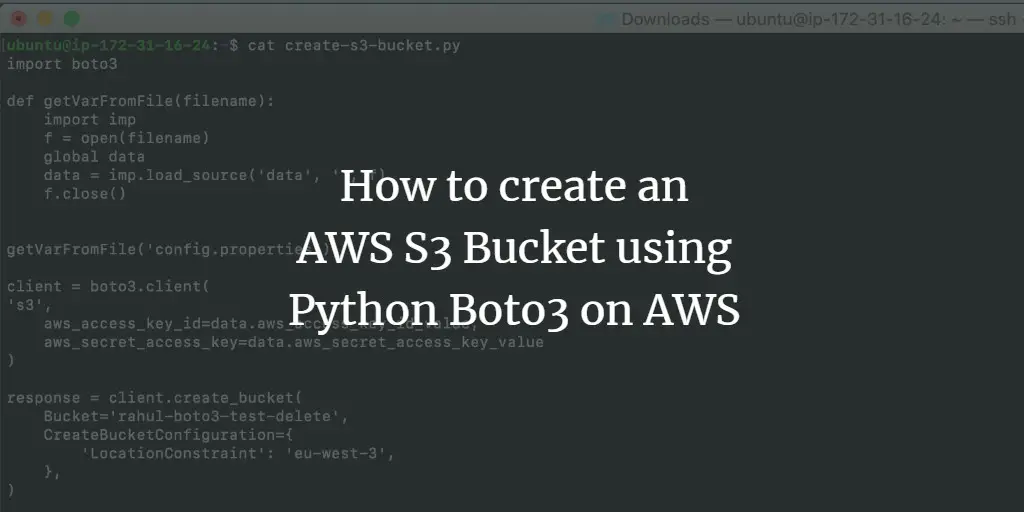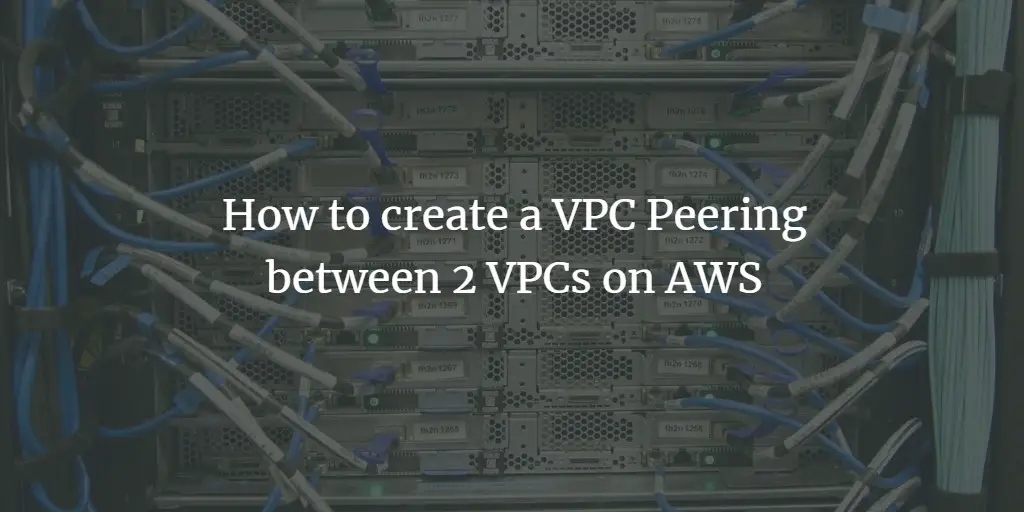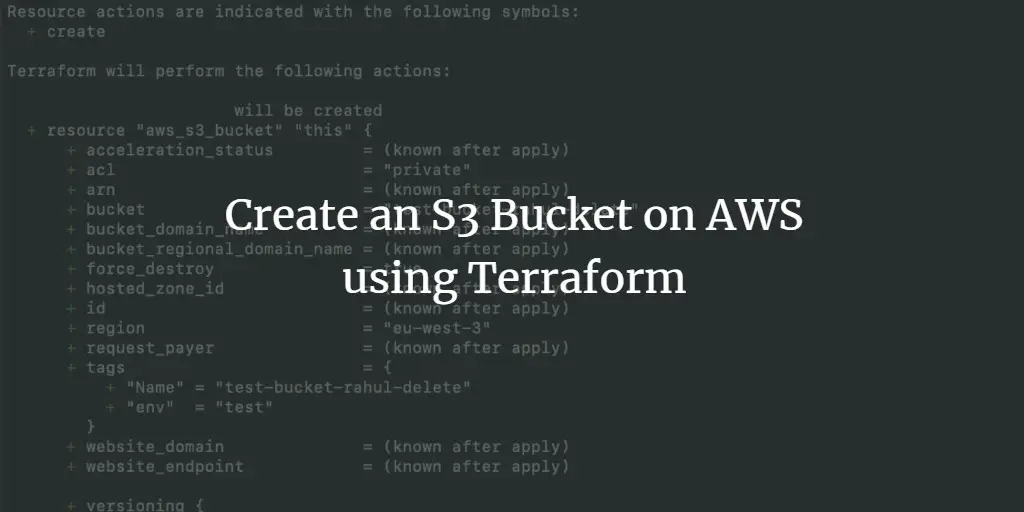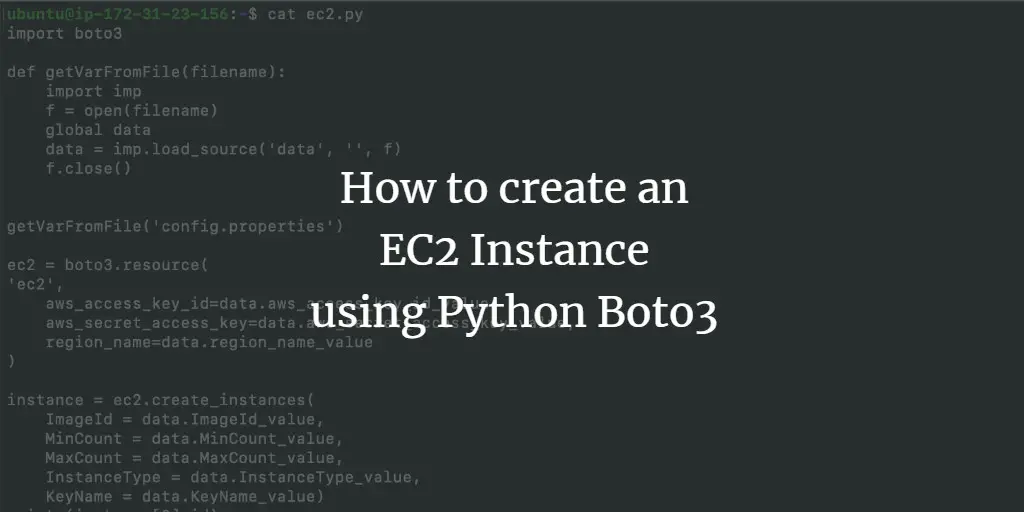Articles by Rahul Shivalkar
-
How to create a Virtual Machine scale set on Azure
Author: Rahul Shivalkar • Tags: cloud • Comments: 0An Azure Scale Set helps to create and manage a group of identical, load-balanced Virtual Machines. The number of Virtual Machines belonging to the scale set can grow and shrink automatically based on the load. This helps to have high availability for our applications deployed in Virtual Machines.
-
How to create an event in AWS Cloudwatch to trigger a Lambda Function
Author: Rahul Shivalkar • Tags: cloud, linux • Comments: 0Amazon CloudWatch Events describe changes in AWS resources. In this article, we will create an event rule which will check for event of EC2 State change and trigger a lambda function.
-
How to create an SNS Topic and a Subscriber on AWS
Author: Rahul Shivalkar • Tags: cloud, linux • Comments: 0Amazon Simple Notification Service (SNS) is a web service that coordinates and manages the delivery of messages. It is a highly available, durable, secure, fully managed pub/sub messaging service. In this article, we will create an SNS Topic and subscribe to an Email Endpoint.
-
-
How to create a DynamoDB Table in AWS
Author: Rahul Shivalkar • Tags: cloud, linux • Comments: 0Amazon DynamoDB is a key-value and document database. In this article, we will create a simple DynamoDB Table with On-Demand mode and create a few items and perform a search on it.
-
How to create an RDS Instance using Python Boto3 on AWS
Author: Rahul Shivalkar • Tags: linux, programming • Comments: 0Boto3 is a Python programming library to manage services in AWS cloud. In this article, we will see how to create an RDS MySql Instance using the Boto3 Library.
-
Create an EC2 instance on AWS using Terraform
Author: Rahul Shivalkar • Tags: cloud, linux, virtualization • Comments: 0In this article, we will see how to create an EC2 Instance using Terraform.
-
How to create an S3 Bucket using Python Boto3 on AWS
Author: Rahul Shivalkar • Tags: cloud, linux, programming • Comments: 0In this article, we will learn to create an S3 bucket using the Python Boto3 library. We will also see the steps to delete the bucket we created.
-
How to create a VPC Peering between 2 VPCs on AWS
Author: Rahul Shivalkar • Tags: cloud, linux, virtualization • Comments: 0A VPC peering connection is a connection between two VPCs that enables you to route traffic between them. We can create a VPC peering connection between our VPCs, or with a VPC in another AWS account. The VPCs can also be in different regions.
-
Create an S3 Bucket on AWS using Terraform
Author: Rahul Shivalkar • Tags: cloud, linux, virtualization • Comments: 0Terraform is the "Infrastructure as Code (IaC)" tool. It is used to build, manage and change infrastructure in a safe and repeatable way. In this article, I will show you how to use Terraform to create an S3 bucket on AWS.
-
How to create an Amazon AWS EC2 Instance using Python Boto3
Author: Rahul Shivalkar • Tags: cloud, linux, programming, virtualization • Comments: 0In this article we will see how we can create an EC2 instance using Python Boto3. We will use the "create_instances" method to create an instance.


